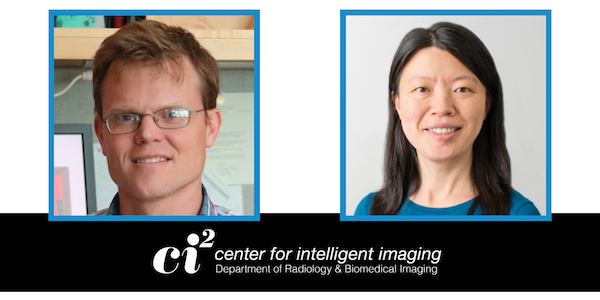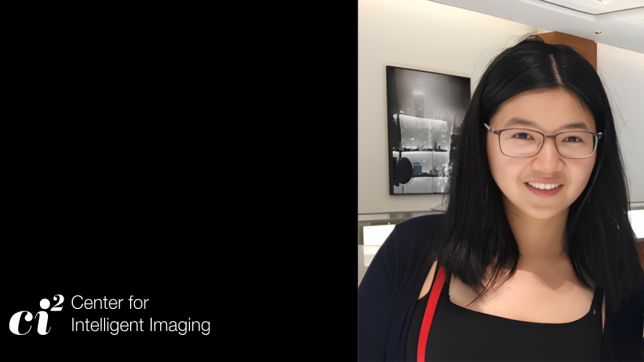March is Kidney Month, a great time to bring attention to the hard work our UC San Francisco Center for Intelligent Imaging (ci2) researchers have been doing related to noninvasive imaging of kidney injury.
The goal of this ongoing project led by ci2 researchers, titled "Hyperpolarized 13C Metabolic MRI for Noninvasive Monitoring of Kidney Injury," is to develop an improved kidney metabolic imaging tool. UCSF has been a leader in the development and translation of hyperpolarized 13C MRI for human imaging studies of metabolism, including over a decade of support from the NIH-funded Hyperpolarized MRI Technology Resource Center. While this technology has been used extensively for cancer imaging, it's potential for noninvasive monitoring of human kidney injury has yet to be explored.
The kidney is a highly energy-dependent organ. It requires mitochondrial oxidative metabolism for many key renal functions. Most available clinical tests, such as a serum creatinine level test, are known to be insensitive for monitoring kidney injury, so better noninvasive tools are needed.
The project, detailed on NIH RePORTER, is led by UCSF ci2's Drs. Peder Larson and Zhen Jane Wang. In preliminary studies for this project, the investigators showed for the first time the feasibility of HP 13C pyruvate MRI to monitor impaired mitochondrial pyruvate dehydrogenase activity and the shift from oxidative metabolism to glycolysis in injured kidneys.
To better evaluate kidney injuries, the researchers plan to develop advanced imaging methods to monitor multiple metabolic pathways, including glucose oxidation and anaerobic glycolysis, that reflect kidney health. They will do this by creating new ways to acquired data on the MRI scanners and by creating biologically-inspired models of the imaging data to specifically measure the metabolic processes.
"We are extremely enthusiastic that hyperpolarized MRI has an untapped potential to advance our understanding of energy metabolism in kidney disease, a major public health problem in the United States," write the authors. "In developing these tools, we will apply this technology for the first time to kidney transplant patients in hopes of early detection of any signs that might be concerning for transplant rejection and guiding appropriate biopsies."
Dr. Larson is a Professor and Director of the Body Imaging Research Group in the Department of Radiology and Biomedical Imaging at UCSF. Dr. Larson's research program includes a range of imaging technology development targeting improved clinical outcomes, with projects related to metabolic MRI of the kidneys and heart, lung MRI, myelin imaging, PET/MRI and radiation therapy planning.
Dr. Wang is a Professor, the Associate Director for the T32 Clinician Scientist Training Program, Chief of Abdominal Imaging and the Associate Chair for Strategic Planning at UCSF Radiology. Her research program focuses on the identification of novel imaging techniques and their development into clinically useful diagnostic tools, with a particular emphasis on renal and pancreas imaging.
Learn more about the research and news at ci2 on our blog.




